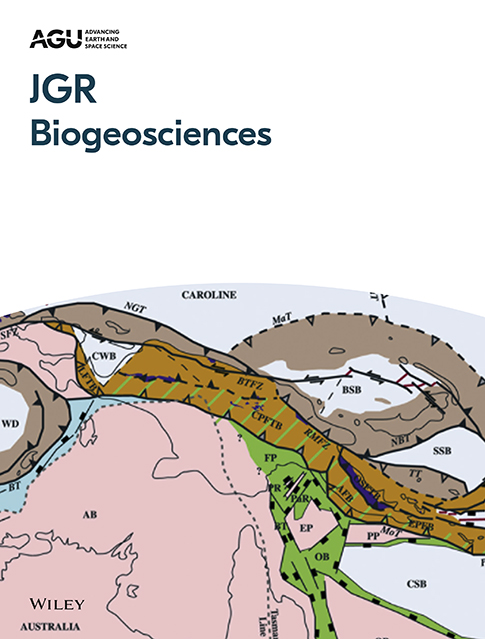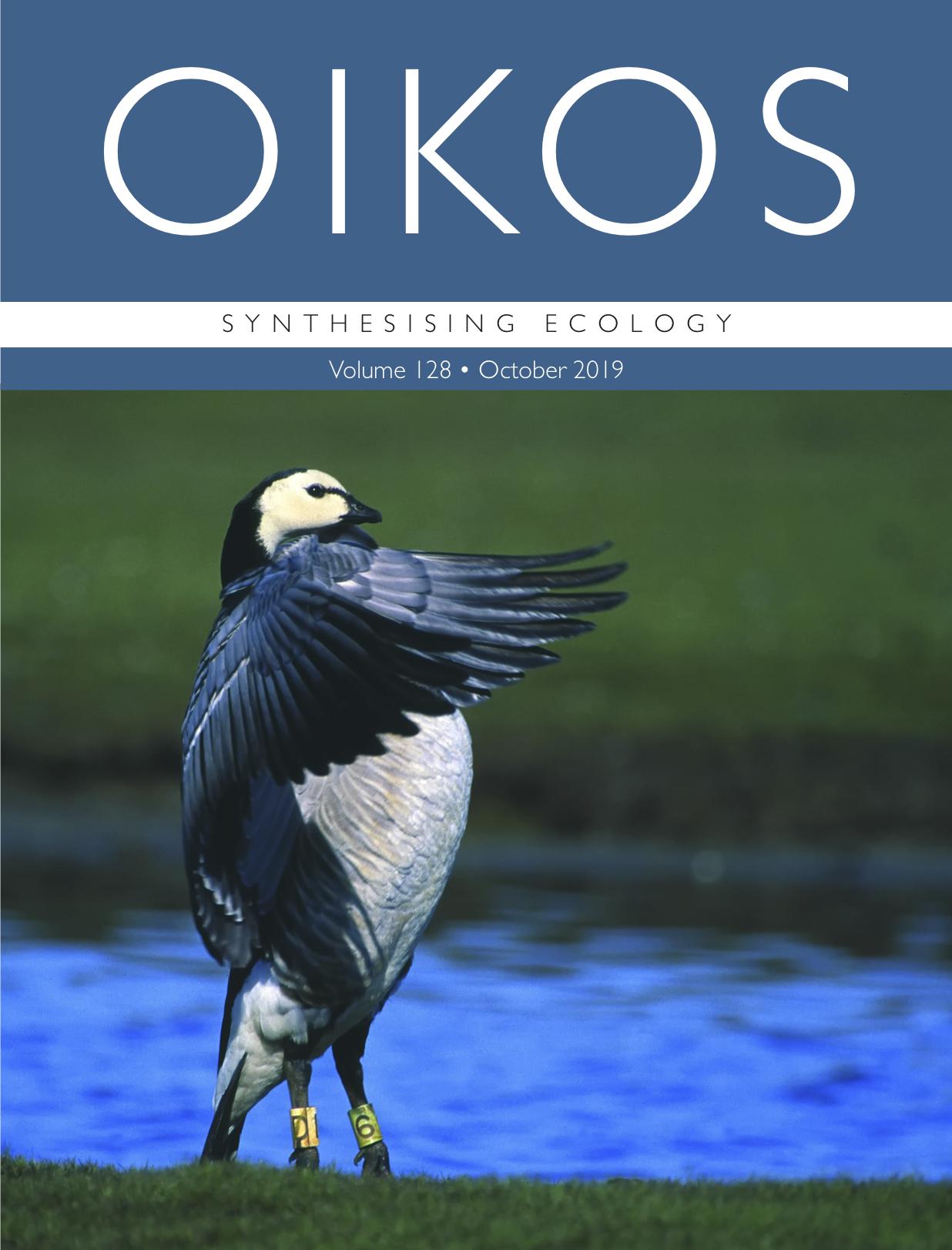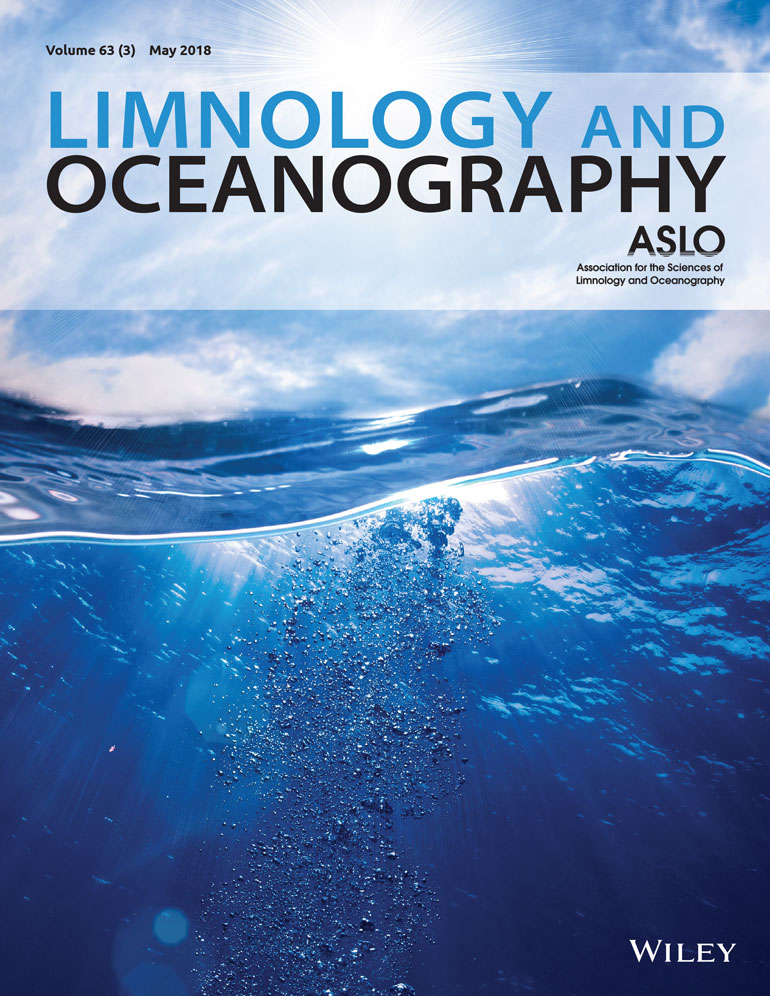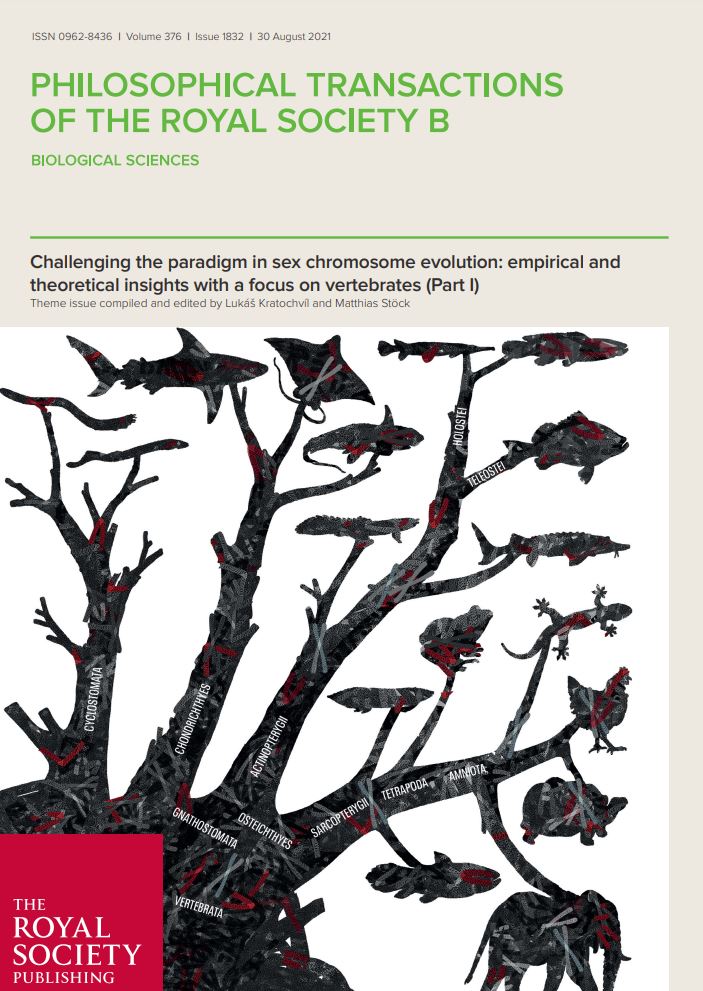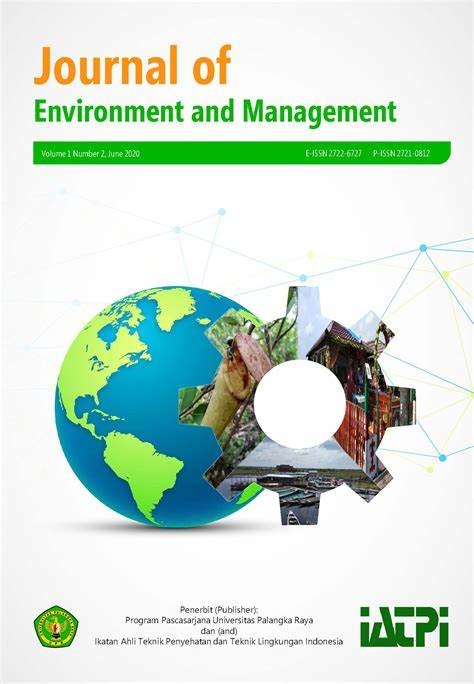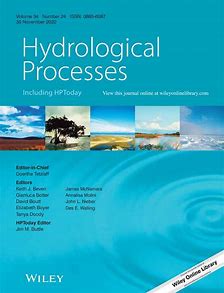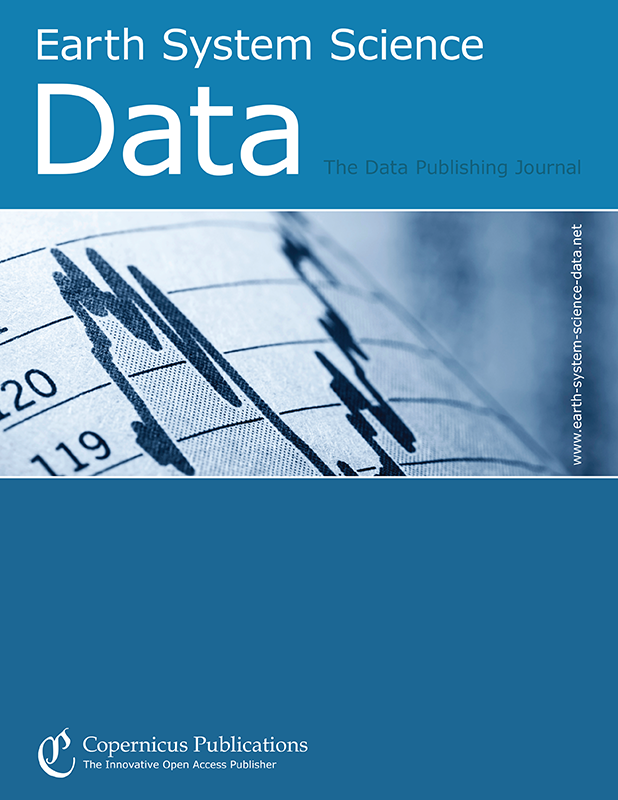Habitability of Polygonal Soils in the Hyper-Arid Atacama Desert After a Simulated Rain Experiment
The dryness in the Atacama Desert led to fracture networks of salt-poor sand wedges outlining salt-rich polygons as potential microbial habitats. Mineral composition, pH, electrical and thermal conductivity, water activity and content were analyzed for their relevance to habitability. The results emphasize the relevance of polygonal networks as microbial habitats in extreme environments.
A synthesis of biological invasion hypotheses associated with the introduction–naturalisation–invasion continuum
Empirical studies show divergent impacts of alien populations on ecosystems which hinders the creation of a unified theory. The authors propose a synthesis that categorizes hypotheses along a timeline of invasion considering population, community and ecosystem levels. For any given case study, this framework provides a guide to choose the appropriate concepts according to the stage of invasion.
Oxygen depletion and sediment respiration in ice-covered arctic lakes
The study investigated the oxygen budget of 4 arctic lakes using high-frequency data. Incubation experiments measured sediment metabolism. Volume-averaged oxygen depletion in situ was independent of water temperature and duration of ice-cover. Modeling under ice-oxygen dynamics requires consideration of optical properties, biological and transport processes modifying oxygen.
California sea lions interfere with striped marlin hunting behaviour in multi-species predator aggregations
Sea lions benefit as kleptoparasites of striped marlin hunts: These predators take advantage of the marlin's ability to locate prey and force it to the surface. The sea lions are more successful in their attacks than the marlins and dominate access to the prey school, making it difficult for the marlin to make their attacks.
Short-term effects of macrophyte removal on aquatic biodiversity in rivers and lakes
Study of the effects of macrophyte removal on phytoplankton, zooplankton and macroinvertebrates at five sites with highly variable characteristics repeating the same Before-After-Control-Impact design to disentangle general from site-specific effects. Macrophyte removal had negative effects on biodiversity, esp. on zooplankton and macroinvertebrates. It had positive effects on phytoplankton.
Tracer-aided ecohydrological modelling across climate, landcover, and topographical gradients in the tropics
This study applied a tracer-aided ecohydrology model in a data-scarce tropical catchment, using the output of climate models to estimate spatio-temporal dynamics of how water is partitioned, stored and transported at larger spatial scales. This provided a basis for projecting future climate and vegetation changes and the impact on regional hydrological and biogeochemical cycles.
A database of freshwater macroinvertebrate occurrence records across Cuba
the researchers have set up a database with geo-referenced occurrence records of four groups of freshwater invertebrate taxa across Cuba. Detailed knowledge of the spatial distribution of freshwater species is an important basis for monitoring changes in aquatic ecosystems.
The unexpected long period of elevated CH4 emissions from an inundated fen meadow ended only with the occurrence of cattail (Typha latifolia)
The authors present 14 years of CH4 flux measurements following rewetting of a formerly long-term drained peatland. During the study, significant differences in CH4 emissions occurred. These differences overlapped with stages of ecosystem transition from a cultivated grassland to a polytrophic lake dominated by emergent helophytes, but could also be additionally explained by other variables.
Do alien species affect native freshwater megafauna?
The authors undertook the first global assessment of the impacts of alien species on native freshwater megafauna using the Environmental Impact Classification for Alien Taxa framework. Negative impacts on native freshwater megafauna were caused by 61 alien species from diverse taxonomic groups, including both freshwater and terrestrial alien species, and both vertebrates and invertebrates.
Integrated ecohydrological hydrometric and stable water isotope data of a drought-sensitive mixed land use lowland catchment
The authors provide open access to a unique ecohydrological and water stable isotope data set from different landscape compartments monitored during the extreme drought of 2018 at multiple spatial scales from lowland headwaters, which are often understudied despite them providing important ecosystem services.This data set allows to differentiate “blue” and “green” water fluxes.


